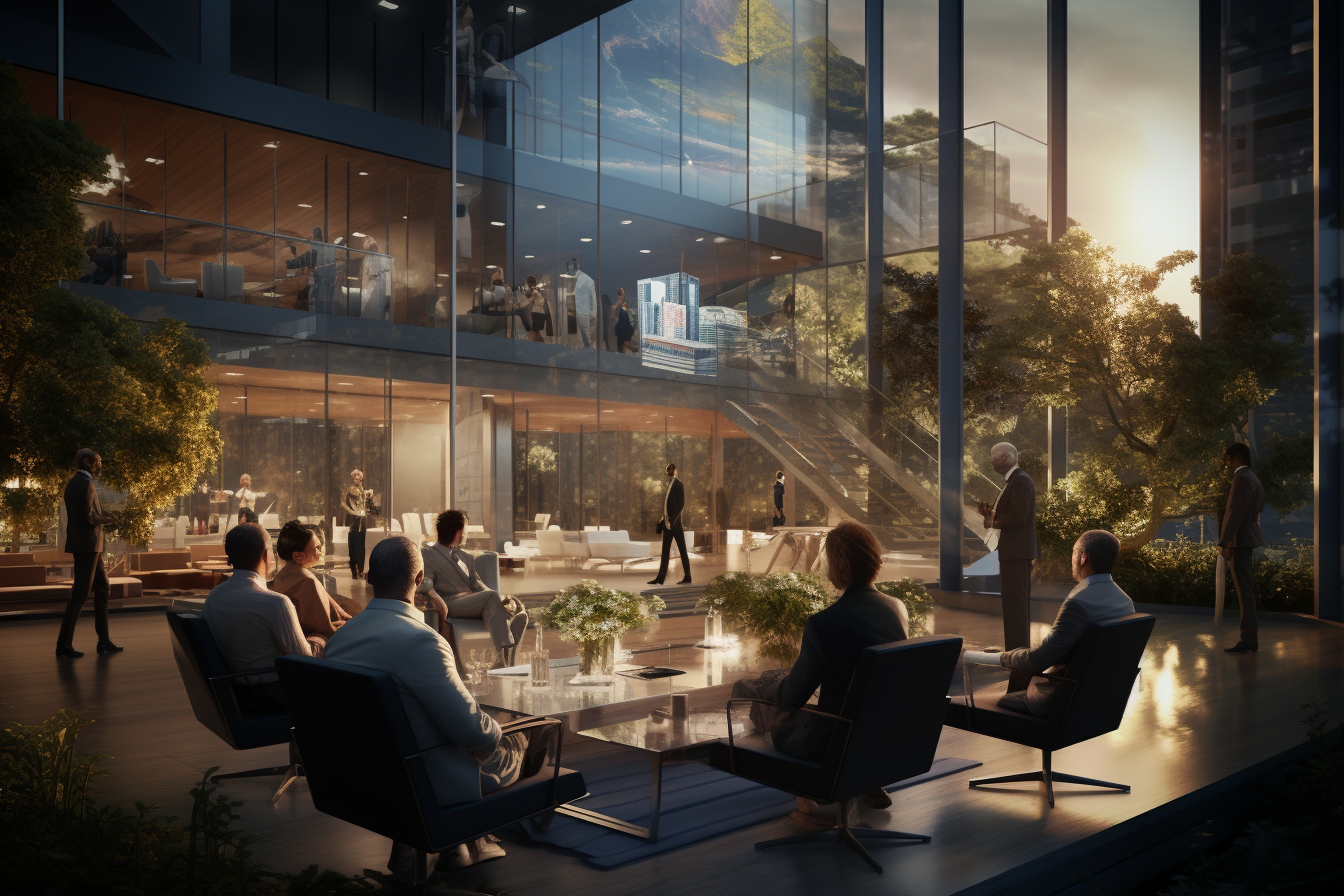Sustainability is no longer just a buzzword—it’s becoming an essential part of commercial real estate development. As our understanding of environmental issues deepens and tenants demand greener spaces, commercial developers are prioritizing eco-friendly practices, energy efficiency, and sustainable design. But what’s driving this shift, and why has sustainability become such a critical focus for developers? Let’s break it down and explore why it’s more important than ever to build with sustainability in mind.
1. Reducing Environmental Impact and Embracing Corporate Responsibility
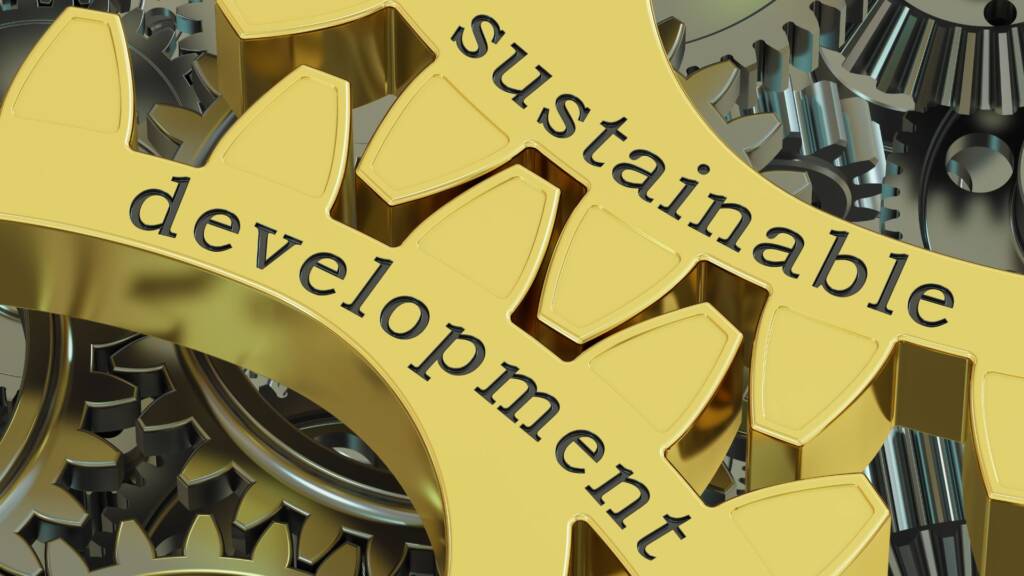
Commercial real estate has long been a major contributor to environmental concerns, from carbon emissions to energy waste. As the effects of climate change become more apparent, developers are feeling a growing responsibility to minimize their impact on the environment.
This means thinking about the entire lifecycle of a building—from the materials used in construction to the energy it consumes once it’s up and running. Developers are adopting green building practices, such as using renewable energy, reducing waste, and designing buildings that are more resilient to climate change. In doing so, they’re not only reducing their environmental footprint but also contributing to a global effort to combat climate change.
2. Energy Efficiency: A Win for Both the Planet and the Bottom Line

One of the key drivers for sustainability in commercial real estate is energy efficiency. Energy-saving features like high-efficiency HVAC systems, LED lighting, and smart building management systems not only lower a building’s carbon footprint but also reduce operating costs. In an era where energy costs are rising, these features help tenants and developers save money in the long run.
Energy-efficient buildings are also better insulated, keeping temperatures stable without excessive energy use. These measures translate into lower utility bills, which is a big selling point for tenants. When buildings save money and run efficiently, everyone wins.
3. Tenant Demand for Sustainable Spaces
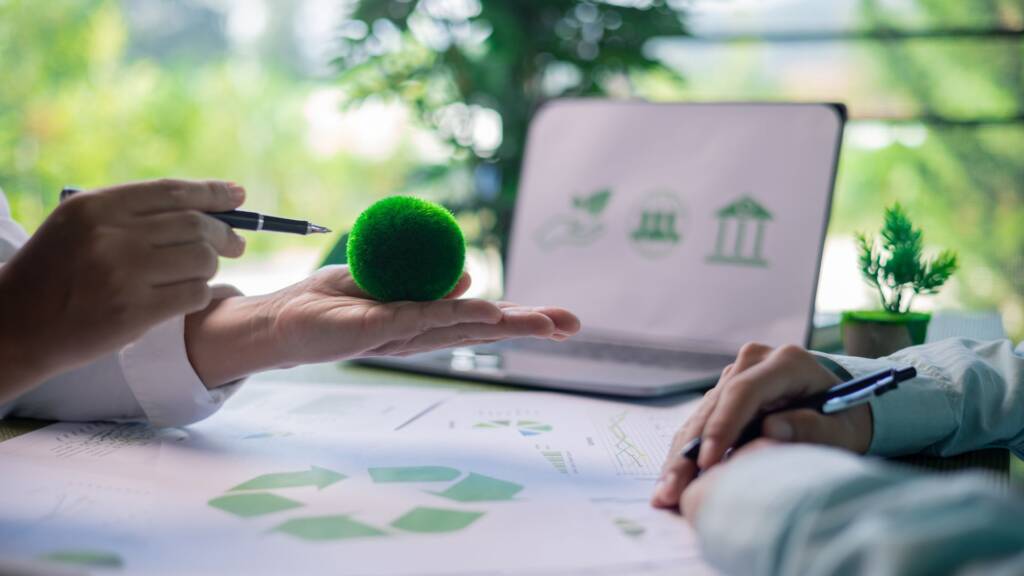
Today’s tenants are no longer just looking for a place to work—they’re looking for spaces that align with their values. As sustainability becomes a priority for businesses across industries, tenants are actively seeking buildings that meet high environmental standards. This is especially true for companies that want to boost their corporate social responsibility (CSR) efforts and showcase their commitment to sustainability.
In fact, many businesses are willing to pay a premium for office spaces that prioritize energy efficiency and green features. From healthier air quality to access to natural light, sustainable buildings offer more than just lower operating costs—they create a better, more pleasant environment for the people who work there. As more companies embrace eco-friendly practices, demand for sustainable spaces is only going to increase.
4. The Value of Green Certifications
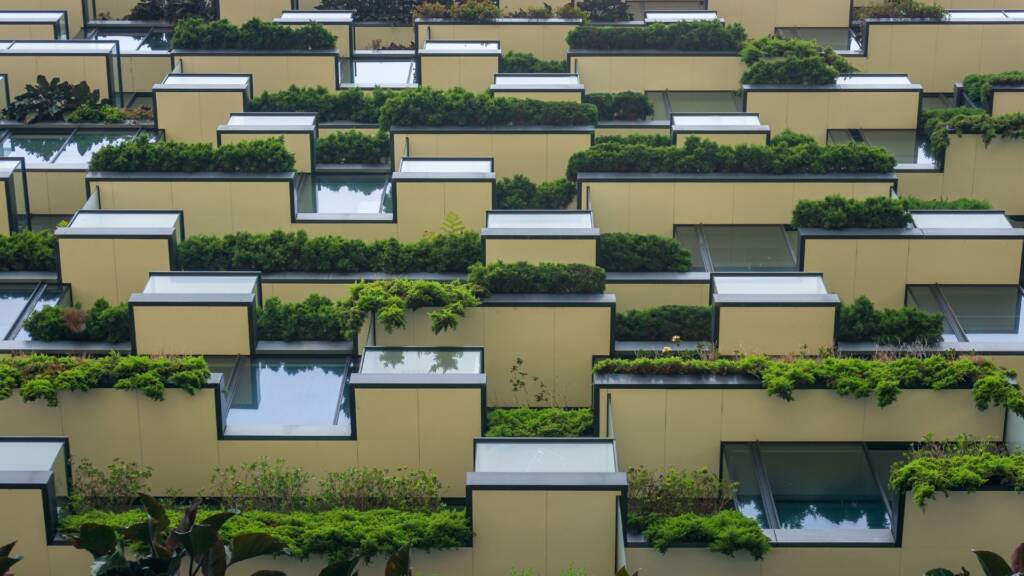
Green building certifications, such as LEED (Leadership in Energy and Environmental Design) or BREEAM (Building Research Establishment Environmental Assessment Method), are becoming more than just a mark of environmental responsibility. They are increasingly seen as indicators of a building’s quality and value. Properties that earn these certifications often command higher rents, attract higher-quality tenants, and have lower vacancy rates.
A certified green building can also lead to higher resale values. For developers, obtaining these certifications isn’t just about being environmentally responsible—it’s a smart investment decision. The higher demand and better returns that come with certified properties make sustainability an attractive option from a financial perspective.
5. Building for the Future: Long-Term Value and Resilience

Sustainability isn’t just about saving money today—it’s about building for the long term. Developers are increasingly focused on designing and constructing properties that will remain valuable and resilient for decades. This includes using materials that are durable, energy-efficient, and adaptable to future needs.
Sustainable buildings are also more adaptable to the changing climate. Developers are taking steps to ensure that their properties can withstand extreme weather events, rising temperatures, and other climate-related challenges. By planning for the future in this way, developers are ensuring that their properties will stay relevant and profitable in the long run, making them a smart investment.
6. Eco-Friendly Construction Materials and Innovation

The materials used in construction are at the heart of sustainability. Developers are opting for eco-friendly materials like recycled steel, bamboo, and low-impact insulation, which not only reduce environmental harm but also improve the overall efficiency of the building. Sustainable materials often have a lower carbon footprint and offer long-lasting benefits for both the environment and the building’s occupants.
In addition to traditional materials, developers are exploring new innovations in construction technology that make building more sustainable. Techniques like modular construction and 3D printing reduce waste and energy consumption during the building process, creating a more eco-friendly and cost-efficient approach to construction.
7. Government Incentives and Regulations
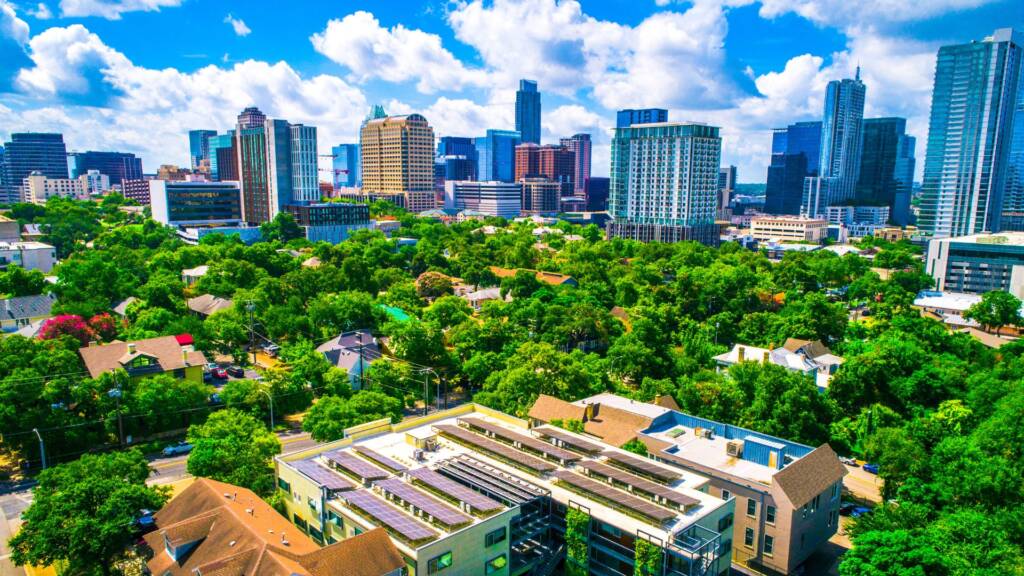
Governments around the world are starting to put more pressure on developers to adopt sustainable practices, offering incentives like tax credits or grants for green building projects. Some regions also have regulations that require buildings to meet certain energy efficiency standards or reduce carbon emissions.
While these rules may seem like a challenge at first, they actually present an opportunity for developers to stay ahead of the curve. By embracing sustainability early on, developers can ensure they meet future regulations and take advantage of any financial incentives, making sustainability a key factor in staying competitive in the market.
8. Building a Reputation for Sustainability
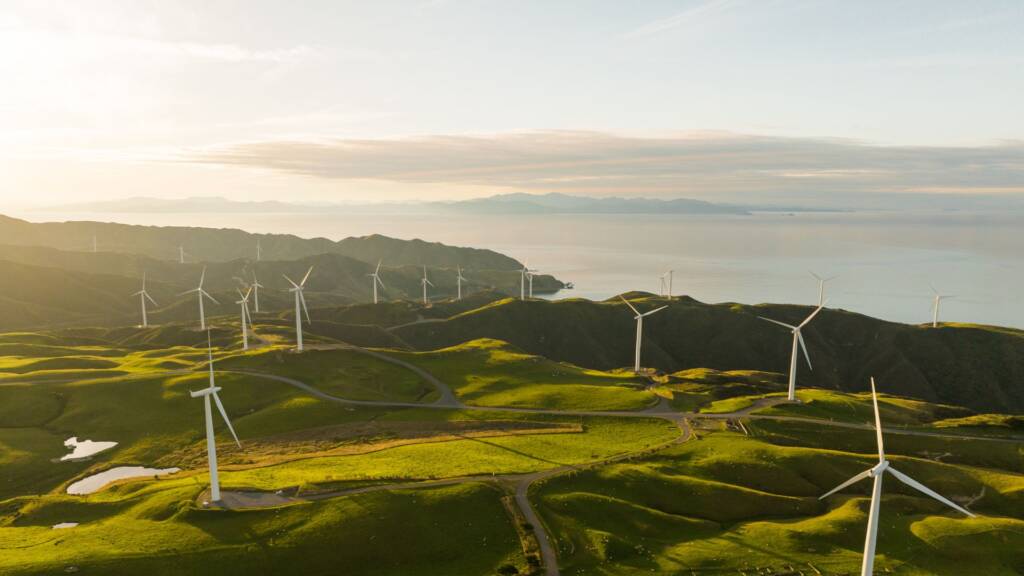
Sustainability isn’t just about the environment—it’s also about reputation. Commercial developers who prioritize sustainability are seen as forward-thinking and responsible, which enhances their reputation among investors, tenants, and the public. This positive image can lead to stronger brand loyalty and increased demand for their properties.
As the market for sustainable real estate continues to grow, developers who embrace green practices will have a distinct competitive advantage. Sustainable buildings attract more tenants, offer long-term value, and reflect well on the companies that develop them. In an industry where reputation matters, sustainability is quickly becoming a hallmark of success.
Conclusion
Sustainability is no longer optional for commercial developers—it’s a necessity. With rising tenant demand for eco-friendly spaces, government regulations encouraging green practices, and the long-term financial benefits of sustainable buildings, developers are recognizing that building for the future means prioritizing sustainability today.
By investing in energy-efficient systems, green materials, and climate-resilient designs, commercial developers can create spaces that not only meet the needs of today’s tenants but also help protect the planet for future generations. Sustainability offers more than just environmental benefits—it’s a smart business strategy that will continue to shape the future of commercial real estate for years to come.sque massa vel augue placerat, a tempor sem egestas. Curabitur placerat finibus lacus.

